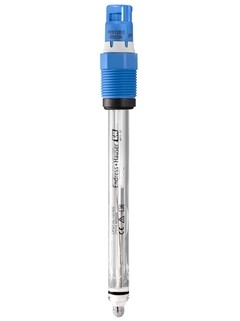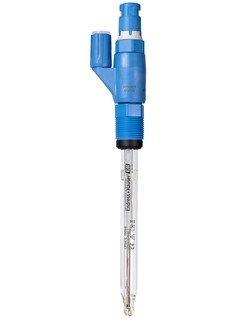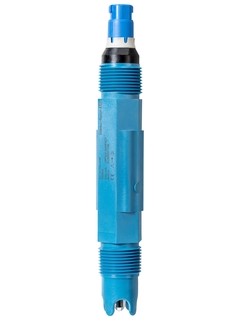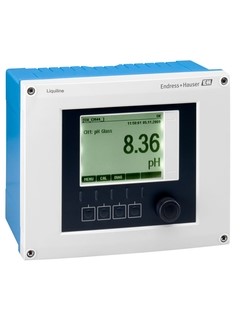More than 30% of all quality-relevant measurements in processes are pH measurements. That's why reliable pH sensors & transmitters are extremely important for plant optimization and process safety. We offer an extensive portfolio for all conditions, such as stable processes, fast changing media compositions, sticky media, hazardous areas or hygienic applications. Discover our ISFET, enamel or glass pH sensors, transmitters, assemblies and calibration solutions by clicking on the button below.

Memosens 2.0 pH electrode is used in water & wastewater and process industries for standard applications.
Predecessor model: Orbisint CPS11D

Memosens 2.0 pH electrode is used in chemical and process industries for demanding applications.
Predecessor model: Ceraliquid CPS41D

Memosens 2.0 with compact electrode for mining, minerals, wastewater, and metal industries.
Predecessor model: Orbipac CPF82D

Expandable multiparameter transmitter, suitable for all industries.
Predecessor model: Turbimax CUE21, Sludge level CUC101, Liquisys M CUM253, Liquisys M CUM223, ISEmax CAM40, Liquisys M COM223F, Liquisys M COM253F, Stamosens CSM750, Turbidity Transmitter CUM740, Stamosens CNM750
The pH value is used as a unit of measurement for the acidity or alkalinity of a liquid medium. The pH-sensitive element of glass electrodes is a glass bulb that supplies an electrochemical potential which is dependent upon the pH value of the medium. This potential is generated because small H+ ions penetrate through the outer layer of the membrane while the larger negatively charged ions remain in the solution.
Glass pH probes contain an integrated Ag/AgCl reference system that serves as the required reference electrode. The pH value is calculated from the potential difference between the reference system and the measuring system using the Nernst equation. Our pH sensors and transmitters achieve outstanding linear measuring performance over an extremely wide pH range!